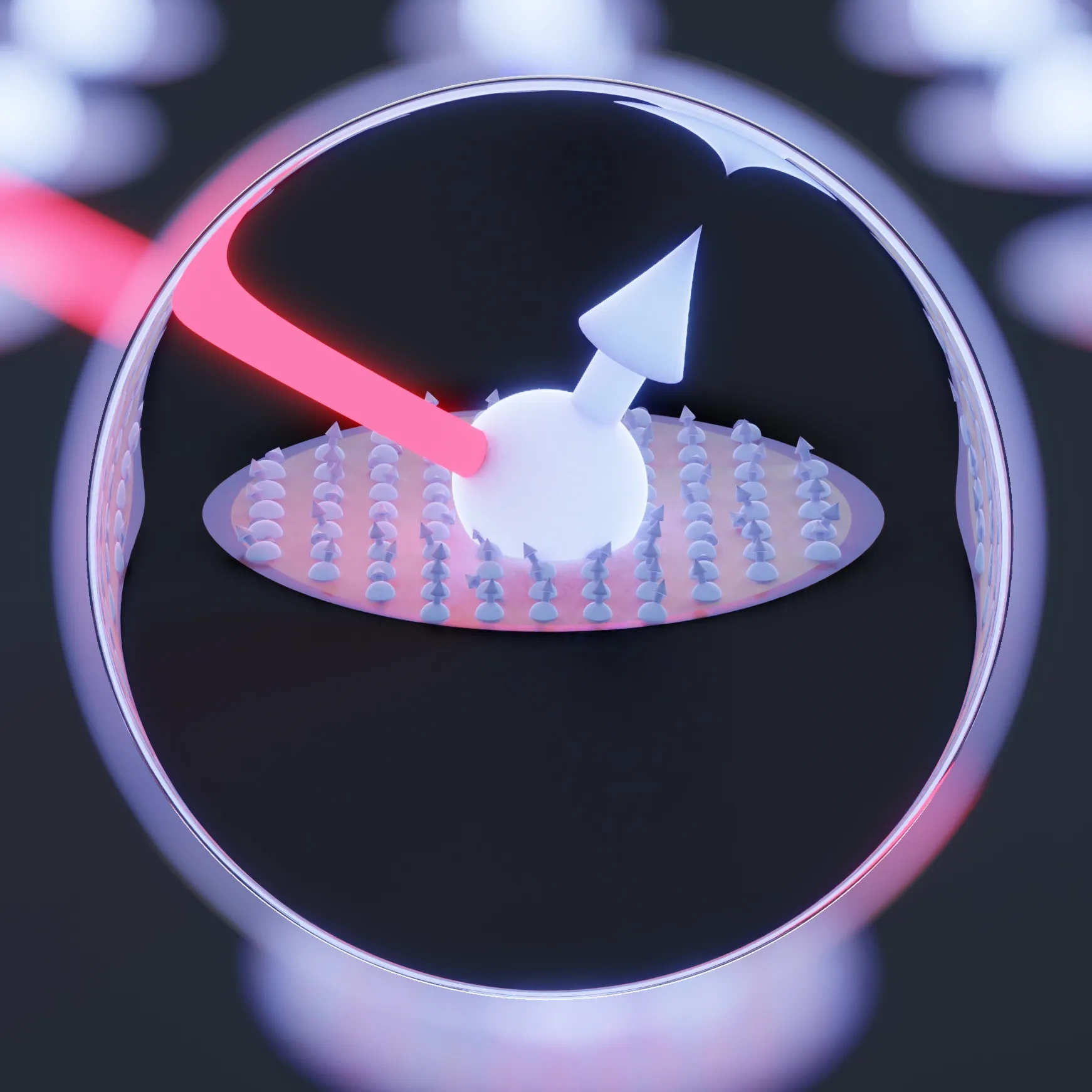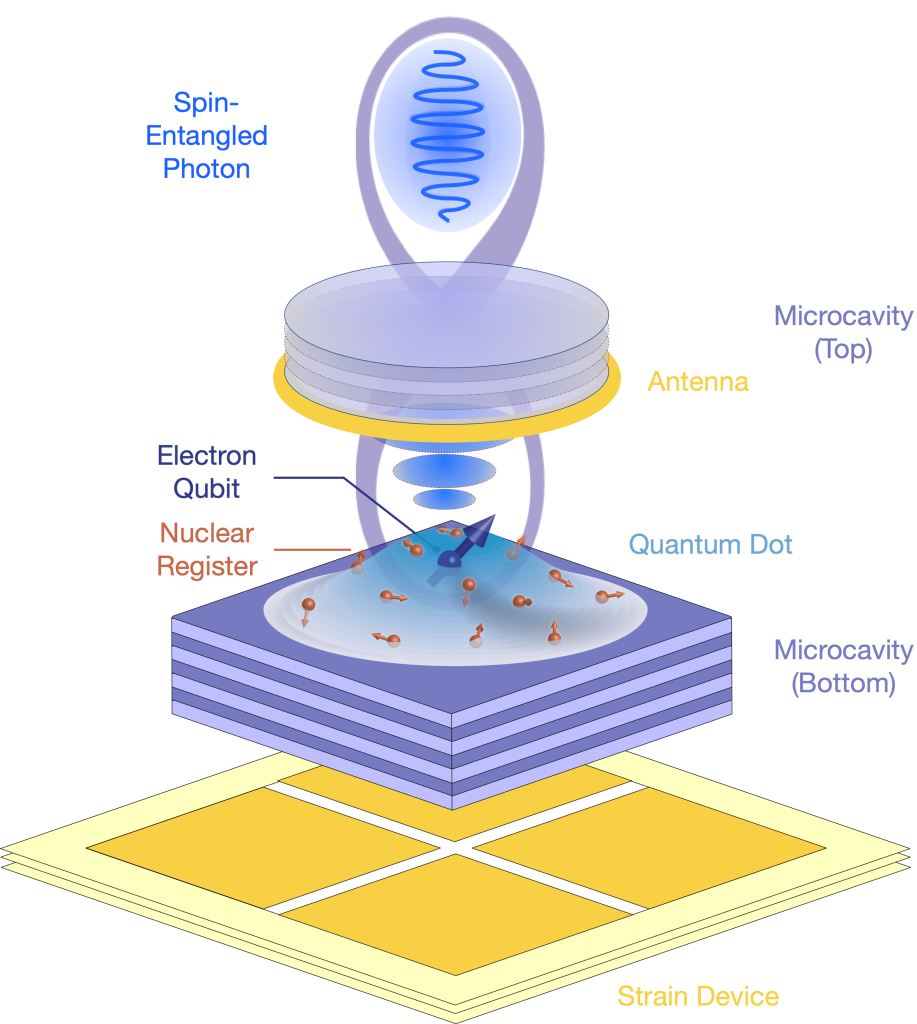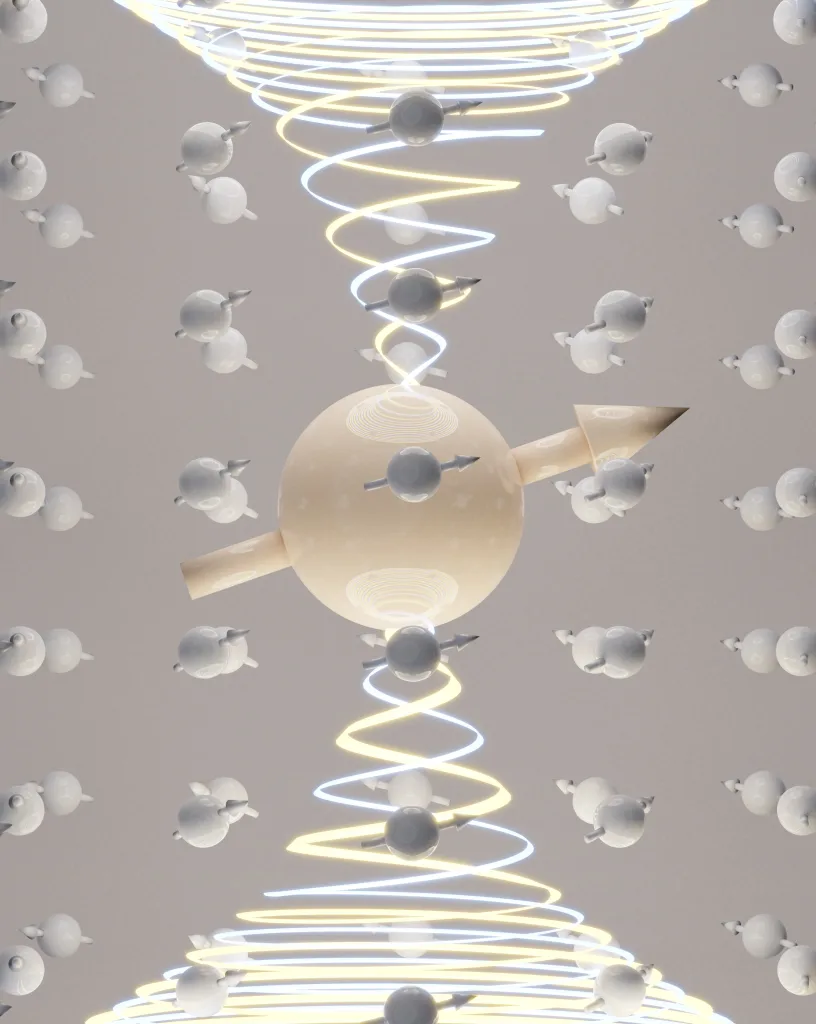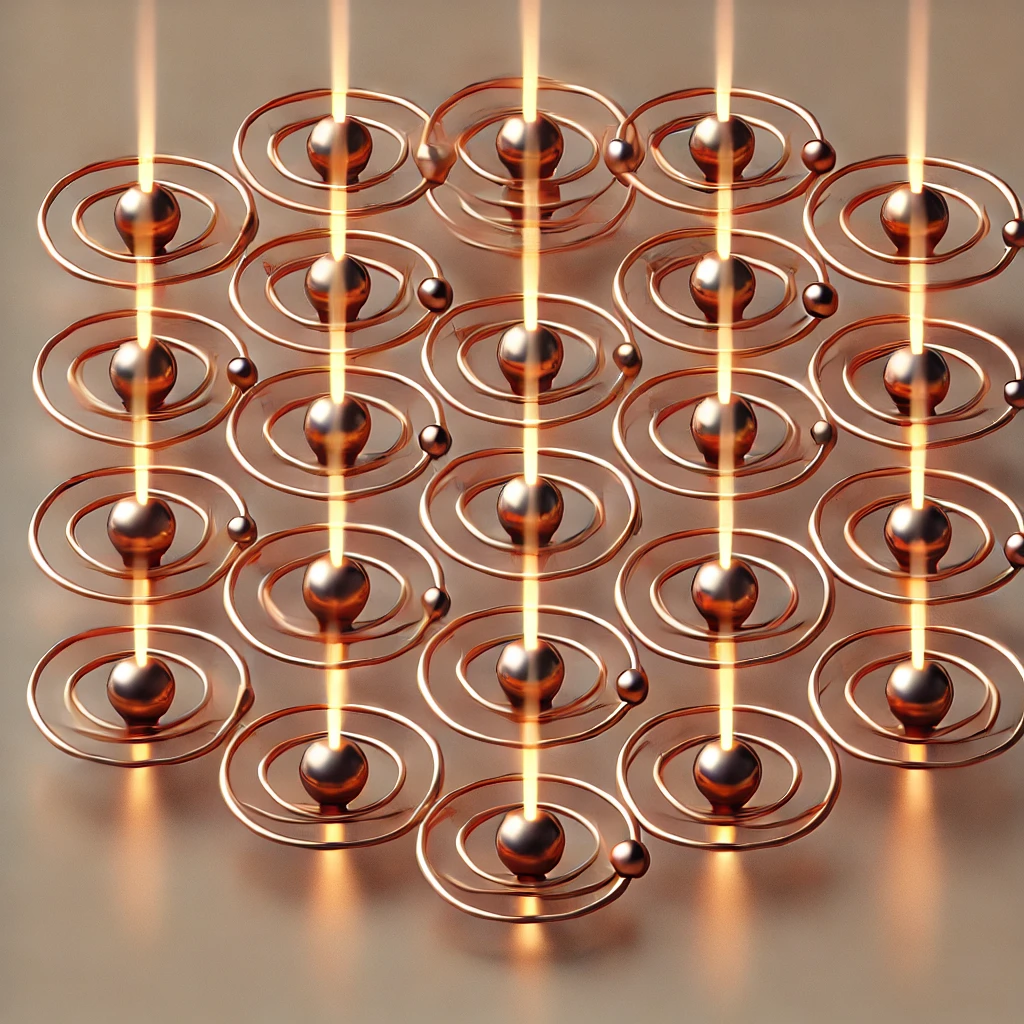
Quantum networks:
Memory unit with nuclear spins in quantum dots
Solid-state devices, such as quantum dot nanostructures that we work with, provide all essential elements required to experiment with fundamental aspects of the quantum world in composite systems: local probes, a controlled environment, and modularity. Our goal is to develop a quantum link between high-energy optical photons, a single electron spin, and low-energy nuclear spin excitations. This combines the advantages of fast processing available in the optical domain with the coherence of the nuclear domain, and promises to equip the leading quantum optical technology — epitaxial quantum dots — with a long-lived nuclear memory, a crucial step en route to a quantum internet.

Quantum optics:
Entangled states of light with solid-state spins
An interface between a stationary matter and a flying optical quantum bit (qubit) is a fundamental building block of the inter-connects that will make quantum technologies useful on a large scale. It allows the realisation of quantum gates between two photonic qubits mediated by the stationary qubit. Such a two-photon gate underpins multiple protocols in photon-based quantum computing and quantum communication.

Quantum simulators:
Theory and applications of controlled many-body phases in spin ensembles
Reconstructing the internal state of an ensemble of interacting particles can reveal many-body correlations at the heart of non-equilibrium or quantum phases of matter. A proxy qubit coupled uniformly and strongly to a dense ensemble is a simple, and possibly ideal interface to control and readout the ensemble state. In these theoretical projects we develop novel protocols for the proxy control and readout of spin ensembles, for applications to quantum information and fundamental many-body physics.

Quantum computers:
Rydberg excitonics for computation and quantum nonlinear optics
We will develop a new solid-state platform for the quantum simulation of spin models and quantum nonlinear optics. This platform will make use of giant Rydberg excitons in cuprous oxide to engineer interactions between spins and photons. Site-resolved coherent control of confined excitons in cuprous oxide microstructures combined with long-range Rydberg interactions will allow quantum gates between spatially distant photonic and spin quantum bits. This approach will be complementary to atomic systems that exploit Rydberg states, offering the possibly to integrate this semiconductor platform with nanophotonics and electronics, towards scaling up programmable quantum many-body systems.
